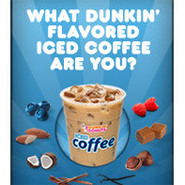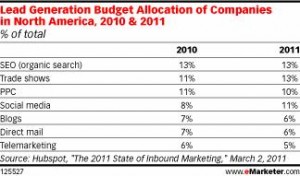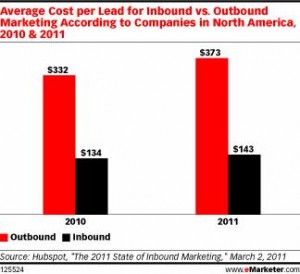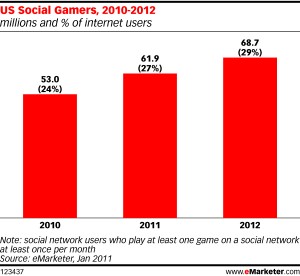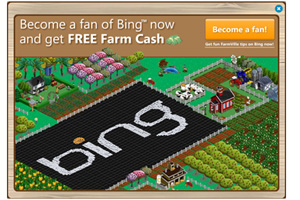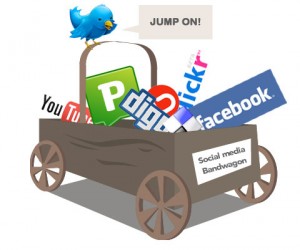Dunkin’ Donuts has recently started a new mobile marketing campaign which rewards consumers via a mobile challenge to increase its customer’s brand engagement. (See article: “Dunkin’ Donuts bolsters iced coffee sales via mobile reward challenges”, by Rimma Kats) This intiative was done with Scvngr, a free location-based game and gaming platform. Smartphone users with the Scvngr app are able to check-in to places they go to, complete challenges to earn points and unlock certain rewards, and finally share these activities on social network platforms like Facebook and Twitter.
Leveraging on such gaming dynamics is a good idea as this really fits in nicely with the brand’s identity by delighting customers in a fun and interactive way. What could delight them more than being rewarded for having fun? The brand has taken a step further to activate social engagement, and providing something more than just product information in traditional marketing. It could not only possibly increase brand loyalty and convert customers, but also allow converted customers to convert new users to the category or brand switchers through word-of-mouth in social network platforms.
All in all, this whole campaign could be said to be a simple yet innovative one that goes a long way to promote the brand and its new product.
